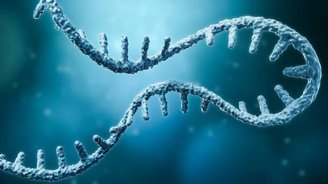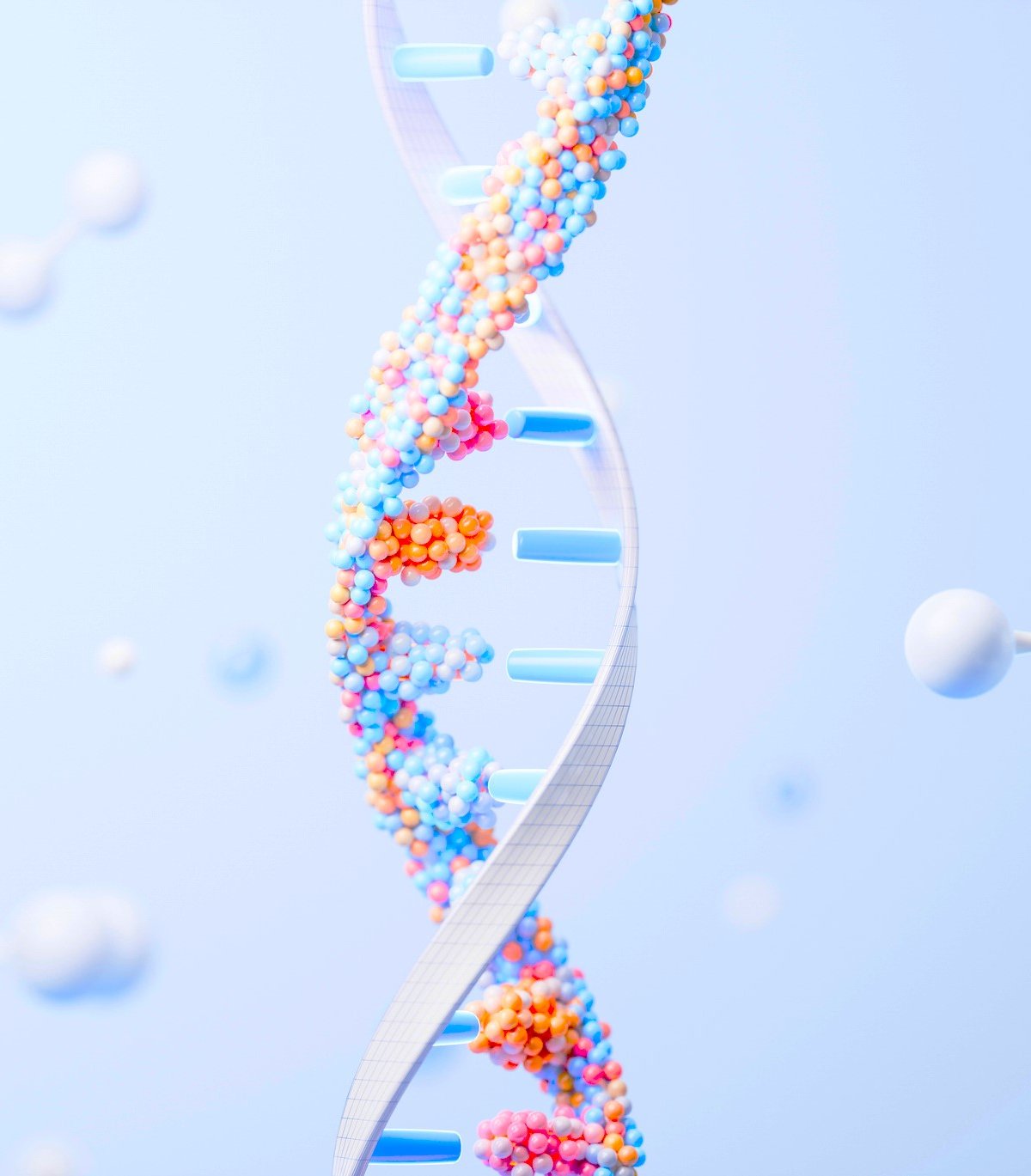In biochemistry class, a teacher asked us what the meaning of life was. Some were philosophizing, others were merely rhetorical and concerned about a subjective question. But he answered us with a sincere laugh: The meaning of life is 5′-3′! This is the sense in which RNA is transcribed and life happens.
While DNA holds the secrets of life, the single strand of RNA takes care of everything else, ensuring it survives and functions. Some functions of Ribonucleic Acid are: structuring, catalysis and regulation.
In order to perform all these functions, RNA strands have a very interesting ability: they fold on themselves. As a result, they form canonical bonds between nitrogenous bases, forming AU and CG pairs.
But thanks to a new study from the University of Barcelona, this may no longer be an established rule. Understand how RNA changes that occur at low temperatures may play a key role in the emergence and maintenance of complex life.
rewrite life
It is nothing new that life finds a way to work outside the ideal conditions imposed by mathematical models and computer simulations. Although models are good predictors, they are not capable of explaining all variables in the universe.
The molecular behavior of our cells in extreme situations is just one of the topics that is widely researched and constantly tested. With this in mind, researchers from the University of Barcelona decided to observe. Possible changes in the behavior of RNA at low temperatures.
Using spectroscopy and optical tweezer techniques, the researchers analyzed the behavior of RNA at temperatures between 20 °C and -50 °C, causing mechanical bending of the observed strands.

They noticed that at 20 °C, RNA begins to decrease in degrees of freedom when folded. This may be linked to interactions between ribose bonds and water.
However, interactions between hydrogenated bases and bonds with water appear to remain stable up to 5 °C. From this point on, the RNA begins to fold abnormally, even conforming in different ways by breaking the canonical bonds of AU and CG..
Cellular biology and the biochemistry of life value the structure and organization of essential sequences because without these elements the products would become dysfunctional, making life impossible.
However, the new analysis allows a new perspective on the behavior of RNA and its modeling of the maintenance and functionality of life; because this small or non-existent regular adjustment may be a new way for the thread to try to survive. stability in the face of extreme “climate”.

At temperatures close to or equal to -50 °C, RNA strands are unable to maintain stability and minimal structures, unfolding and denatured as a result of cold. New “insight” into the organization and structure of RNA could provide clues about how life responds or organizes itself in regions with extreme temperatures..
Is this evidence of “Snowball World”?
One of the different ways of seeing The emergence of life on Earth is based on the assumption that everything below the planet’s surface was once below 0 °C.. According to this theory, the viscosity of water may have contributed to molecular interactions that react and group in more complex ways.
The new observation lends some credence to the Snowball Earth theory by introducing different stages of binding between ribose and water in the process of assembly and folding of RNA at low temperatures.

But even the group in Barcelona still does not fully understand what the consequences of this phenomenon are and whether this abnormal folding actually leads to new functional combinations and what the possible consequences of this recombination are. Would they be stable and functional enough to be “passed forward” in the chain of life?
Therefore, faced with new possibilities, the team will continue to investigate the behavior and consequences of their observations.
But until more news comes to light, you may also learn about new genetic nodes that appear to have an equally promising future in the development of life. Discover the new section in the human genome: 50,000 DNA nodes discovered.
Source: Tec Mundo
I’m Blaine Morgan, an experienced journalist and writer with over 8 years of experience in the tech industry. My expertise lies in writing about technology news and trends, covering everything from cutting-edge gadgets to emerging software developments. I’ve written for several leading publications including Gadget Onus where I am an author.













